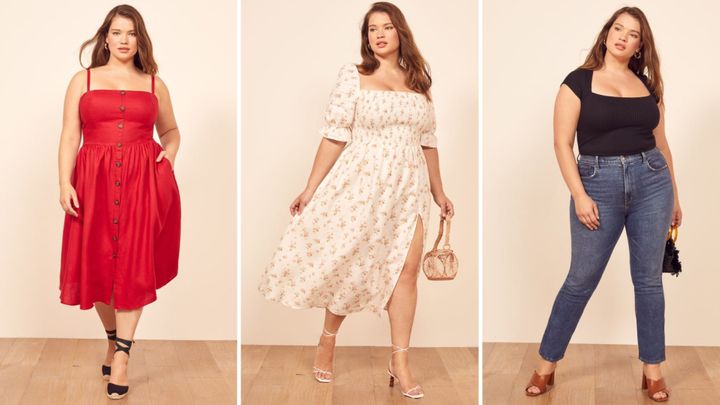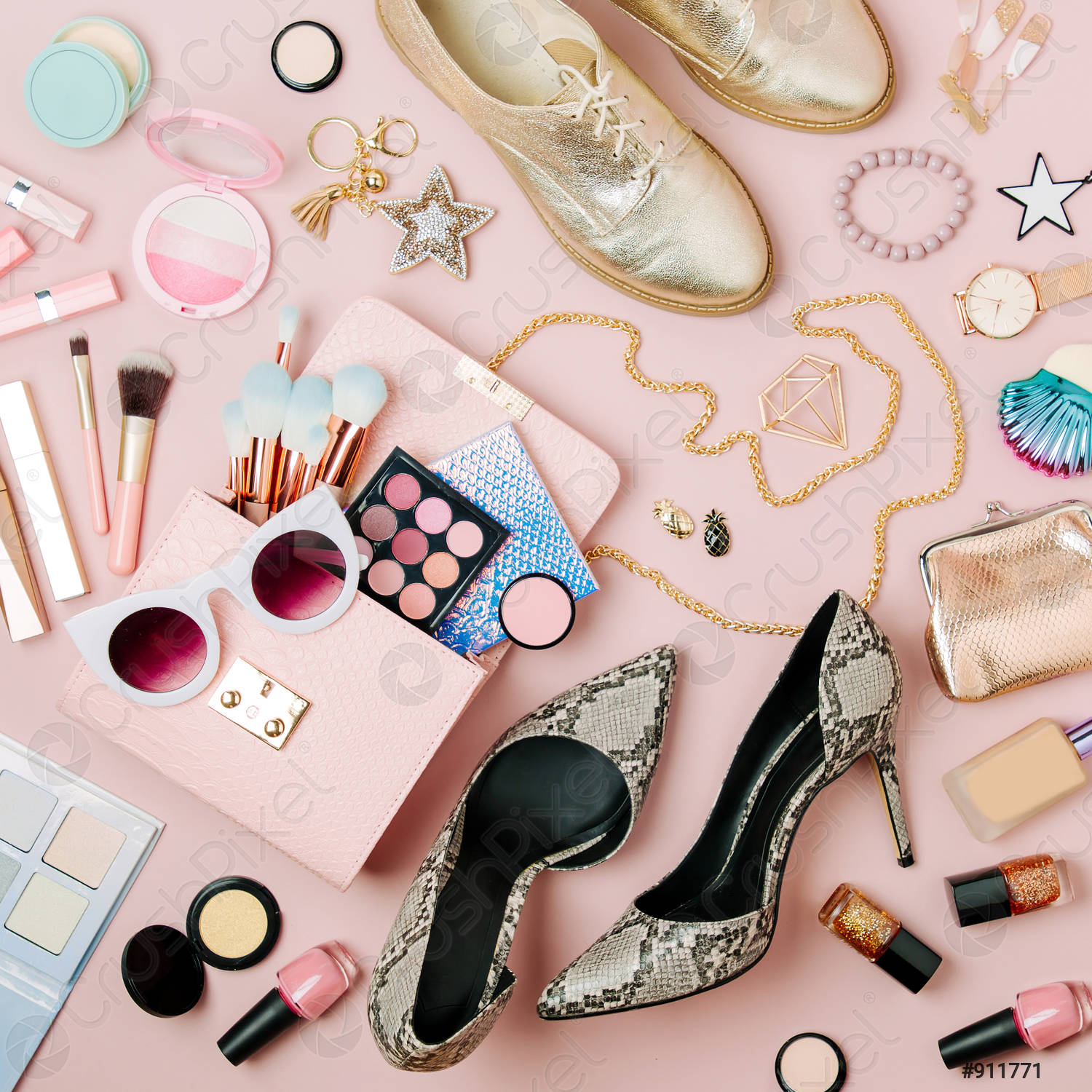A History of Nudity in Fashion: Nudity and fashion have long shared a provocative, complex relationship — one that challenges social norms and redefines the boundaries of beauty, identity, and self-expression. From the couture catwalks of Paris to the casual streets of modern cities, nudity in fashion has evolved from a form of rebellion to an accepted aesthetic choice, reflecting broader cultural shifts over time.
Ancient origins: Clothing is both covering and power
The dialogue between nudity and fashion extends back to ancient civilizations. In societies like ancient Greece and Rome, where the human form was celebrated, clothing was often designed to emphasize rather than cover the body. Tunics, togas, and dresses left little to the imagination, glorifying nudity as an expression of divine beauty and power.
Conversely, in many Eastern cultures, and later in medieval Europe, modesty prevailed. Clothing became a symbol of morality, virtue, and social hierarchy. Nudity was associated with weakness or sin, and fashion served to differentiate classes and reinforce gender roles.

20th Century: Emancipation and Shock Value
The 20th century ushered in dramatic changes in social attitudes towards nudity – and fashion was at the forefront.
1920s–30s: Hints and Hems
With the flapper era, hemlines rose and corsets became looser, showing more skin and allowing for more movement. Designers like Coco Chanel redefined femininity, promoting styles that highlighted the body’s natural curves.
1960s–70s: The Sexual Revolution
Nudity in fashion reached new heights during the Sexual Revolution. Sheer fabrics, miniskirts, and bra-less silhouettes became commonplace. Icons like Brigitte Bardot and Jane Birkin blurred the line between sensuality and fashion. Designers like Yves Saint Laurent shocked the fashion world with sheer gowns and the now infamous “le smoking” tuxedo, which had no shirt underneath.
The 1990s: Minimalism and Eroticism
The 1990s saw a tug-of-war between minimalism and eroticism. Supermodels like Naomi Campbell and Kate Moss embodied this shift, modeling ultra-sheer fabrics and barely-there designs on the runway. Gucci’s Tom Ford and Jean-Paul Gaultier embraced overt sexuality, blurring the lines between nudity, glamour, and power.
21st Century: Nudity as Empowerment and Identity
In today’s fashion world, nudity is more than just awe-inspiring—it’s a political and personal statement.
The Naked Dress Phenomenon
Celebrities like Rihanna, Beyoncé, and Kim Kardashian have worn “naked dresses”—skinny, body-hugging outfits that give the illusion of being naked. These red carpet choices have become a modern form of empowerment, redefining body confidence and beauty standards.
Gender fluidity and body positivity
Designers are increasingly creating clothing that embraces all body types and rejects binary norms. Nudity in fashion now includes body-inclusive and genderless representations—embracing the right to authenticity and self-representation.
Social media and everyday nudity
Platforms like Instagram have blurred the line between the runway and everyday life. Fashion influencers and artists use nudity as a storytelling tool, often blending high fashion with everyday vulnerability. While it brings inclusivity, it also raises debates about censorship, self-expression, and the male gaze.
Cultural backlash and ethical debates
Despite its growing popularity, nudity in fashion remains controversial. Cultural expectations, religious beliefs, and generational values continue to challenge how far is “too far.” The fashion industry must also grapple with questions of exploitation, consent, and the commercialization of the human body.
Nudity in fashion is not just about bare skin—it’s about bold ideas. From ancient expressions of beauty to contemporary acts of defiance and empowerment, the role of nudity has constantly evolved. Whether on the catwalk or on the city sidewalk, it continues to reflect our society’s changing ideals of identity, freedom, and art.
Ultimately, nudity in fashion is less about exposure and more about expression – a timeless conversation between the body and the world it passes through.
Read Also: The Evolution of Nudity in Art: From Classical to Contemporary
![]()






One thought on “A History of Nudity in Fashion: From Runway to Everyday Life”